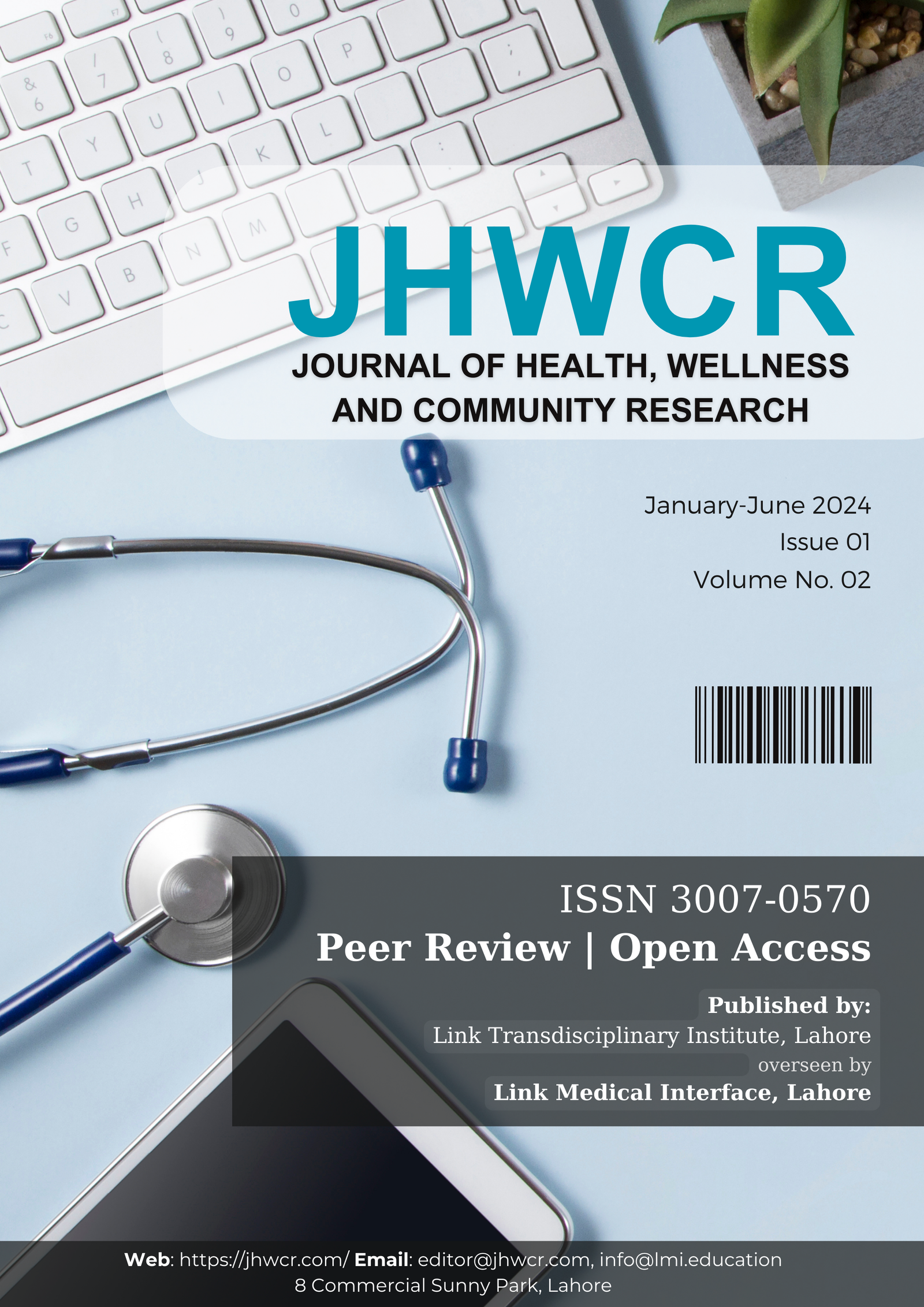Correlation of Hemorrhagic Progression of Cerebral Contusion Volume with Glasgow Coma Scale in Patients Presenting with Traumatic Brain Injury
DOI:
https://doi.org/10.61919/a2kakt51Abstract
Background: Traumatic brain injury (TBI) is a leading cause of mortality and morbidity worldwide, with cerebral contusion representing one of its most severe and clinically significant complications. Objective: This study aimed to determine the correlation between hemorrhagic progression of cerebral contusion volume and Glasgow Coma Scale scores in patients presenting with traumatic brain injury, with a focus on delineating the predictive value of contusion volume for acute neurological deterioration. Methods: This observational descriptive case series included 60 patients with CT-confirmed cerebral contusion presenting to the neurosurgical unit within 6 hours of injury at Bolan Medical College/Sandeman Tertiary Care Teaching Hospital, Quetta. Inclusion criteria were age over 36 months and a GCS in the mild-to-moderate range, while patients with recent brain surgery, extradural or subdural hematomas, or coagulopathy were excluded. Serial CT imaging and GCS assessments were performed every 12 hours for 48 hours. Hemorrhagic contusion volume was calculated using the ABC/2 method. Data were analyzed using SPSS version 27.0, with Pearson’s correlation coefficient used to assess the primary relationship. Ethical approval was obtained from the Institutional Ethical and Research Committee, adhering to the Declaration of Helsinki. Results: The mean age was 33.97 ± 10.28 years, with males comprising 55%. The mean GCS was 10.37 ± 2.18 and mean contusion volume was 31.73 ± 5.07%. A statistically significant negative correlation was found between GCS and contusion volume (r = -0.390; p = 0.002), with the relationship being most pronounced in younger and male subgroups. Conclusion: Hemorrhagic progression of cerebral contusion volume is significantly associated with lower GCS scores in TBI patients, underscoring the need for vigilant monitoring and early intervention based on radiological progression. These findings highlight the clinical utility of integrating CT-based volume assessment and neurological evaluation for improved risk stratification and acute management in neurotrauma care.
Downloads
Published
Issue
Section
License
Copyright (c) 2025 Asghar Babar, Noor Ahmed, Irfan Adil, Nasrullah Lango (Author)

This work is licensed under a Creative Commons Attribution 4.0 International License.


